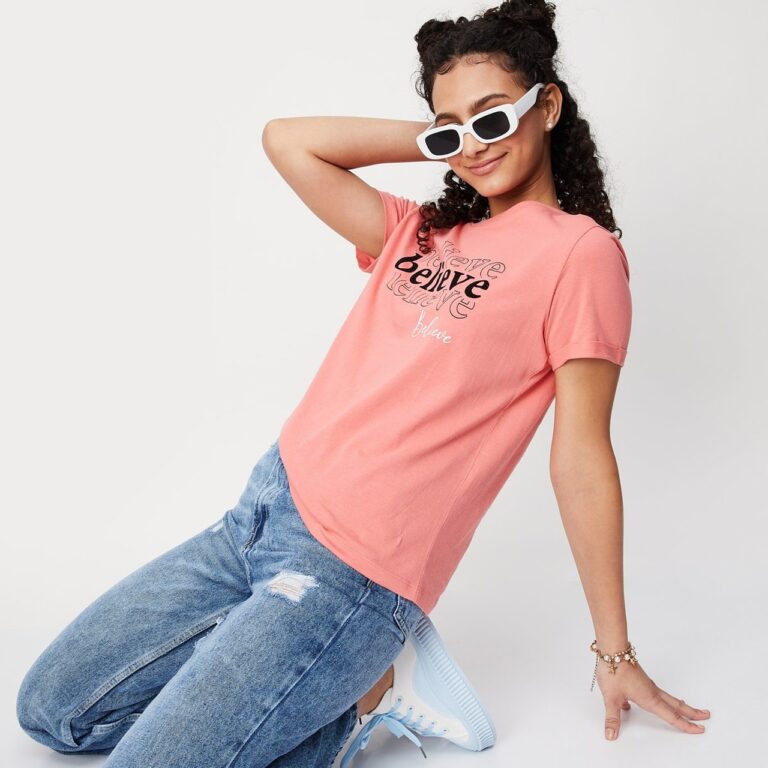Fashion Sustainability Metrics: Measuring Progress Towards Ethical Practices
Fashion sustainability has become an increasingly important topic in the fashion industry, with consumers, brands, and regulators all pushing for greater accountability and transparency in how clothing is produced. As the detrimental impact of fast fashion becomes more evident, measuring progress towards ethical practices has become essential for companies looking to make a positive difference in the world.
The Importance of Fashion Sustainability Metrics
Measuring progress towards ethical practices in the fashion industry is crucial for several reasons. Firstly, it allows companies to track their environmental impact and identify areas for improvement. By quantifying metrics such as greenhouse gas emissions, water usage, and waste generation, companies can set targets for reducing their environmental footprint and track their progress over time.
Key Fashion Sustainability Metrics
There are several key sustainability metrics that fashion brands should consider when measuring their progress towards ethical practices:
1. Carbon Footprint
The carbon footprint of a garment is a measure of the greenhouse gas emissions produced throughout its lifecycle, from raw material extraction to production, transportation, use, and disposal. By calculating the carbon footprint of their products, companies can identify opportunities to reduce emissions and transition to more sustainable practices.
2. Water Usage
The fashion industry is a significant consumer of water, with millions of gallons used every year in the production of clothing. Measuring water usage and implementing water-saving techniques can help companies reduce their impact on water resources and protect ecosystems from depletion.
3. Chemical Management
Many chemicals used in the production of clothing are harmful to both the environment and human health. By implementing strict chemical management policies and monitoring chemical usage, companies can reduce their impact on ecosystems and promote worker safety.
4. Waste Generation
The fashion industry is notorious for producing high levels of waste, from unsold inventory to packaging materials and discarded garments. By measuring waste generation and implementing waste reduction strategies, companies can minimize their environmental impact and move towards a circular economy.
5. Social Responsibility
In addition to environmental metrics, it is essential for fashion brands to measure their social impact, including worker rights, fair wages, and safe working conditions. By implementing social responsibility programs and monitoring key indicators, companies can ensure that their supply chain is ethical and transparent.
6. Transparency
Transparency is a crucial aspect of measuring progress towards ethical practices in the fashion industry. By sharing information about their sustainability efforts, companies can build trust with consumers and demonstrate their commitment to environmental and social responsibility.
Case Studies
Several fashion brands have already made significant progress in measuring their sustainability metrics and implementing ethical practices. For example, Patagonia is known for its transparency in sharing information about its supply chain and environmental impact, while Eileen Fisher has set ambitious targets for reducing its carbon footprint and water usage.
Future Trends
As the fashion industry continues to evolve, we can expect to see a greater focus on sustainability metrics and ethical practices. Companies that prioritize transparency, innovation, and social responsibility will be better positioned to succeed in a rapidly changing market and meet the growing demands of conscious consumers.
Conclusion
Measuring progress towards ethical practices in the fashion industry is essential for companies looking to make a positive impact on the world. By tracking key sustainability metrics, setting targets for improvement, and sharing information with consumers, brands can build trust, drive innovation, and contribute to a more sustainable future.
FAQs
Q: What are some common challenges in measuring fashion sustainability metrics?
A: Some common challenges include data availability and accuracy, complex supply chains, and the need for industry-wide standards and best practices.
Q: How can consumers support brands that prioritize fashion sustainability metrics?
A: Consumers can support sustainable brands by choosing to purchase from companies that are transparent about their sustainability efforts, asking questions about their sourcing practices, and demanding greater accountability from the fashion industry as a whole.







